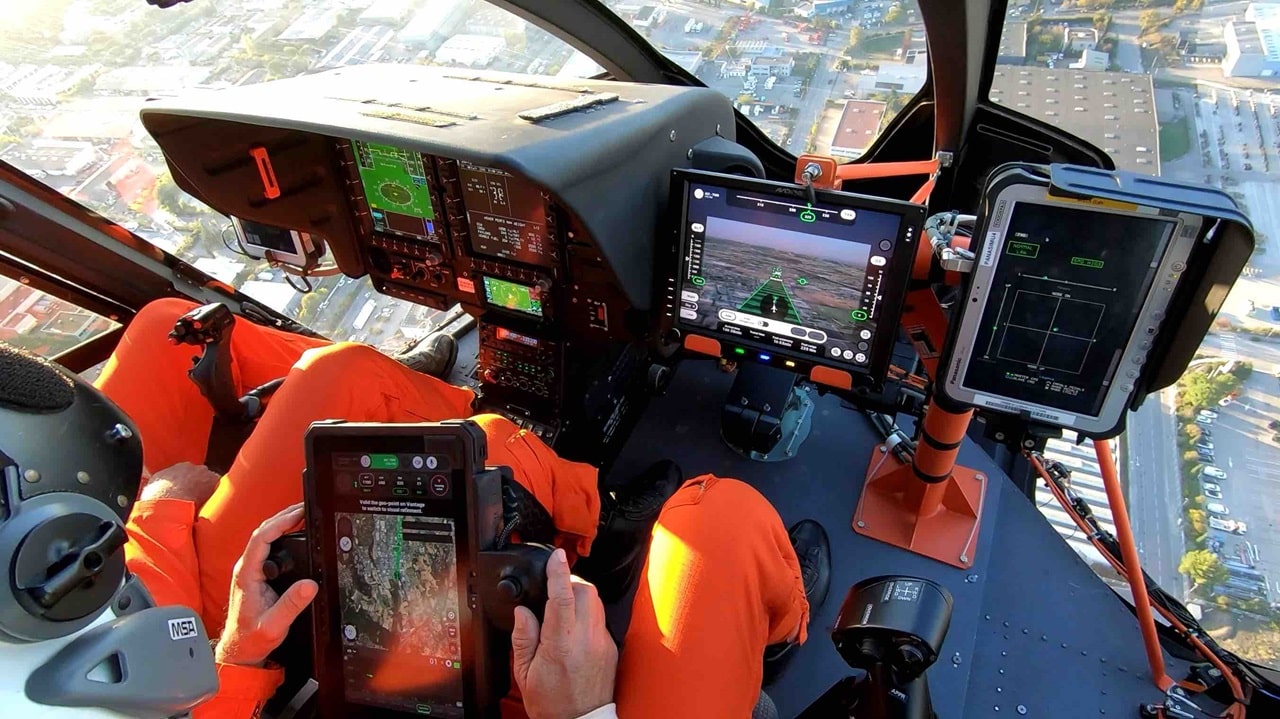Airbus has shown that simplifying the control of a helicopter in flight is possible, so much so that it can be flown by controlling it with a tablet. The success of the project named Vertex demonstrated the potential of one new human-machine interface (HMI) simplified and advanced autonomous features, developed by Airbus UpNext.
Airbus flies a helicopter with a tablet with the Vertex project
Il FlightLab of Airbus Helicopters carried out a one-hour test flight, managing the different flight phases completely in autonomous mode. This included the lift offil taxiil take offthe cruisel’approach and, finally, thelandingall following a predefined route.
During this demonstration, the pilot monitored the system, which demonstrated the ability to detect unexpected obstacles and automatically recalculate a safe flight path. If necessary, the pilot can intervene easily excluding commands via the tablet and resuming the mission later.
“The success of this demonstration of fully autonomous flight from takeoff to landing represents a great step forward towards reducing the workload of the pilot and towards a simplified human-machine interface that the Airbus Urban Air Mobility team intends to implement on CityAirbus NextGen. It could also have immediate applications for helicopters flying at low altitude near obstacles, thanks to the information provided by on-board lidars,” he said Michael AugelloCEO at Airbus UpNext.
A step towards the future
Airbus helicopters will continue to improve the different technologies developed within the Vertex project. These include vision-based sensors and algorithms for a greater one situation awareness and the obstacle detectionthe system fly-by-wire for a improved autopilot. It’s a’advanced human-machine interfacewhich will come in the form of a touchscreen and a wearable device for in-flight monitoring and control.
Flight tests have taken place since October 27th to November 22nd at the Airbus Helicopters factory in Marignane, France. These results represent a significant step towards greater operational efficiency it’s a increase in safety in aviation.















Leave a Reply
View Comments